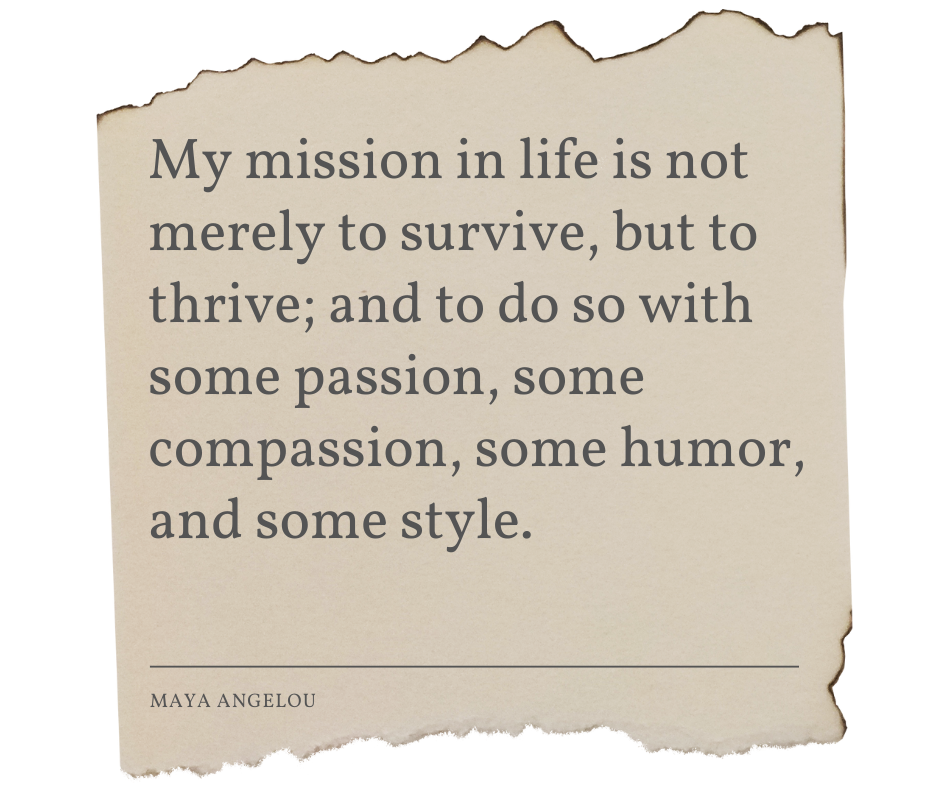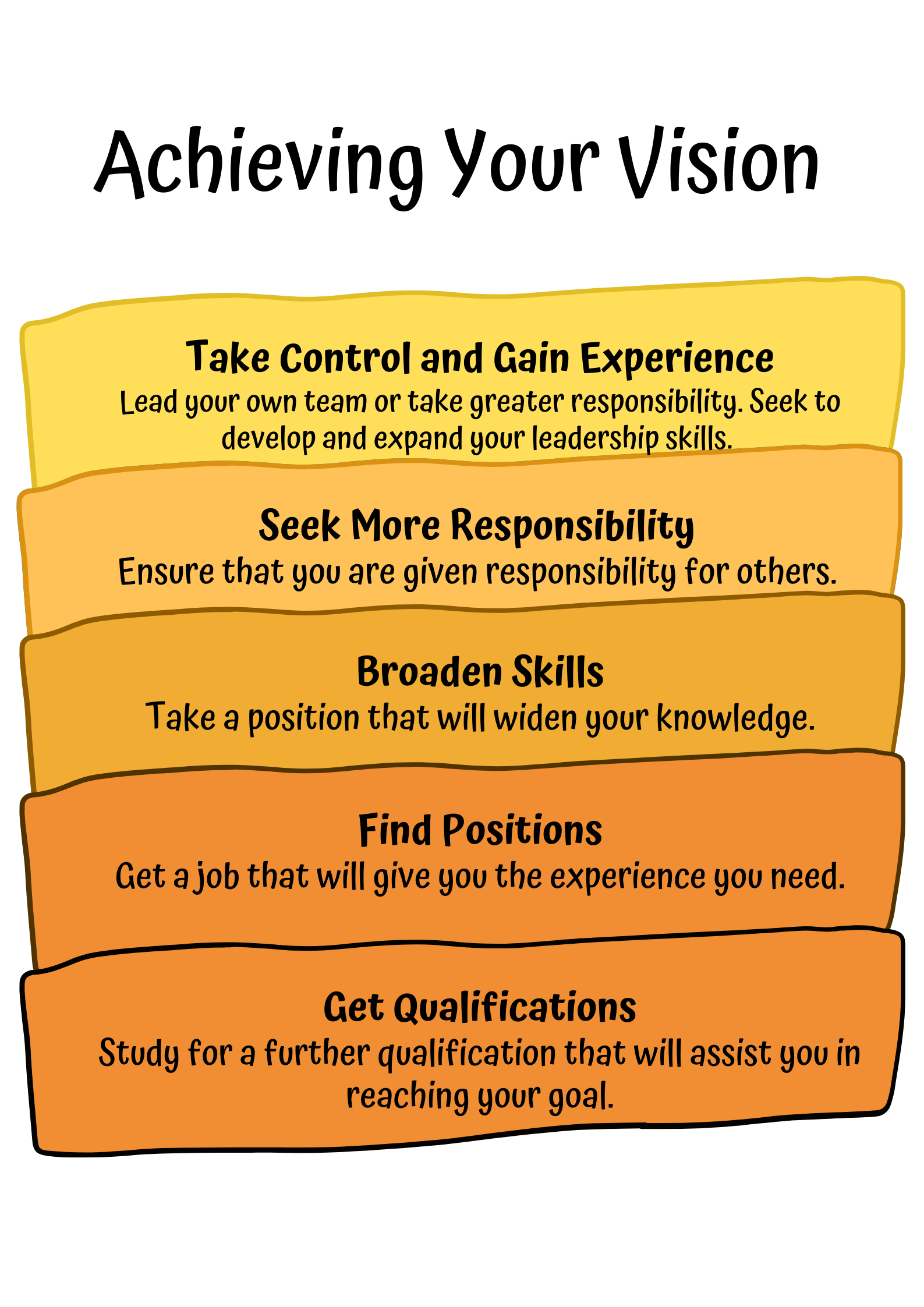
Develop Your Potential and Achieve Excellence
To achieve excellence, you must work to fulfill your own potential. Learn to build on your strengths and to develop the personal qualities that are the keys to performing well.

BUILDING KEY ATTRIBUTES
Human beings have many talents that can be turned into engines of success. Yet the best performance requires more than mere talent: it involves developing a number of important personal strengths, including determination, vision, and confidence.
1. Identify your weakness as the first step to rectifying them.
ASSESSING YOURSELF
You know what comes easily to you, and these strengths can developed fairly rapidly. Yet your natural powers may not be enough. To reach your full potential, you need to develop all the key attributes. For example, a lack of confidence is a general barrier to advancing in business management. If you are someone who has feelings of low self-esteem, or you lack the courage of your convictions, you will have to work hard to maximize your self-confidence. Begin your self-development by looking objectively at your abilities and where they most need to be improved.
ASKING OTHERS
If you are unsure how you rate in a particular area, such as your ability to lead, get objective feedback from somebody else. Once you have all the facts, you can create a

vision of where you want to be in the future. Draw up a mission plan of how to get there.
GETTING FEEDBACK ▶️
Ask a mentor, colleague, or friend to check whether you have exaggerated your strengths or under-played your weakness.
CREATING A VISION
Once you have assessed yourself and have a realistic understanding of your abilities, you need to form a vision of significant but attainable aims. The great men and women of history all had a sense of vision and mission. They knew where they were going, what they wanted to achieve, and had the power of direction to help take them to their destination. You can mobilize the same power. Ask yourself where you want to be at the end of each decade that lies ahead. Compare that future vision with where you are now. That shows the gap that must be crossed to realize the vision. The next step is to make closing that gap your overriding mission.
2. Do things the easy way - play to your strengths
EVALUATING YOUR KEY ATTRIBUTES
| ATTRIBUTE | HOW TO ASSESS YOURSELF |
| AMBITION | Have you written down high and stretching targets and planned how you are going to achieve them? |
| VISION | Have you formed a clear idea of where you want to be and what you want to be doing in five years' time? |
| CONFIDENCE | Do you feel able to do anything that is needed now, do it well, and master new abilities and tasks as required? |
| ABILITY TO TAKE RISKS | Do you believe in your own ability to judge a risk as worth taking and to take your chances effectively? |
| DRIVE AND ENERGY | Can you bring full metal powers to bear on an issue, to decide on the right action, and see it through? |
| COMPETITIVE SPIRIT | Are you never satisfied until you have clearly won all the prizes against the best competition around? |
| SELF-CRITICISM | Are you a relentless perfectionist who constantly seeks to improve and to get others to do the same? |
| LEADERSHIP | Can you mobilize others to achieve group ambitions, as well as develop other leaders and bring them forward? |

IDENTIFYING YOUR MISSION
Now write a hard-headed plan, setting out what you must achieve to realize your vision. The plan must be timed and translated into numbers or hard facts. For example, if your vision is to move into management, your mission might be to acquire the necessary knowledge in year one, join a task force and gain general experience in year two, and obtain a management appointment, inside or outside the company, in year three.
3. Accept critical comments and act to remedy faults.
MOVING FORWARD
To help you on the path to achieving your vision, you may find it useful to employ the Japanese techniques of kaizen and kaikaku, or continuous improvement and radical change. Kaizen involves constantly looking for ways to improve any element of your performance, like athletes do when they seek to raise their Personal Best (PB). Kaikaku takes place less often. It could be going into business for yourself, moving to a new job in a new industry or new company, or both. Look out for opportunities for radical change, and use them.
4. Form a long-term ambitions to help you notice chances to move forward.
5. Take responsibility at the earliest opportunity.
6. Have targets for both achievements and career moves.
LOOKING AHEAD
It is far more useful to concentrate on goals achieved and future opportunities than on missed chances. If you miss an opportunity, do not waste time on regrets, but examine why it was ignored or rejected. For example, if you conclude that you lacked the confidence to take a risk, you must develop the confidence to act swiftly next time.








Comments